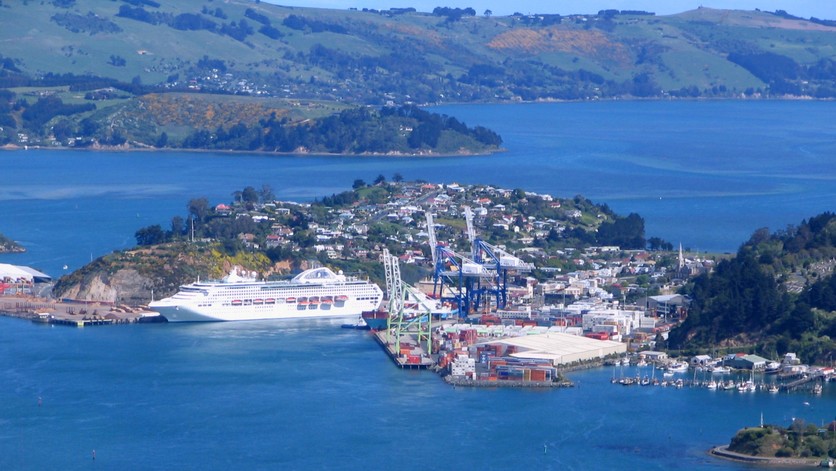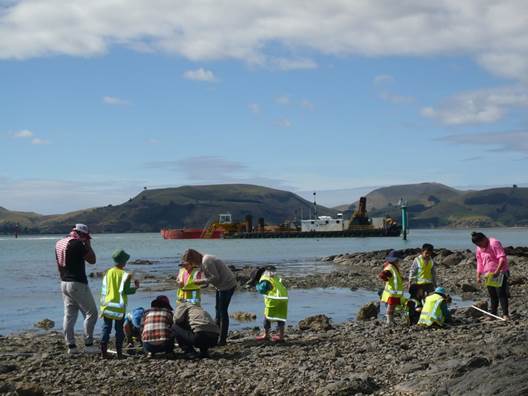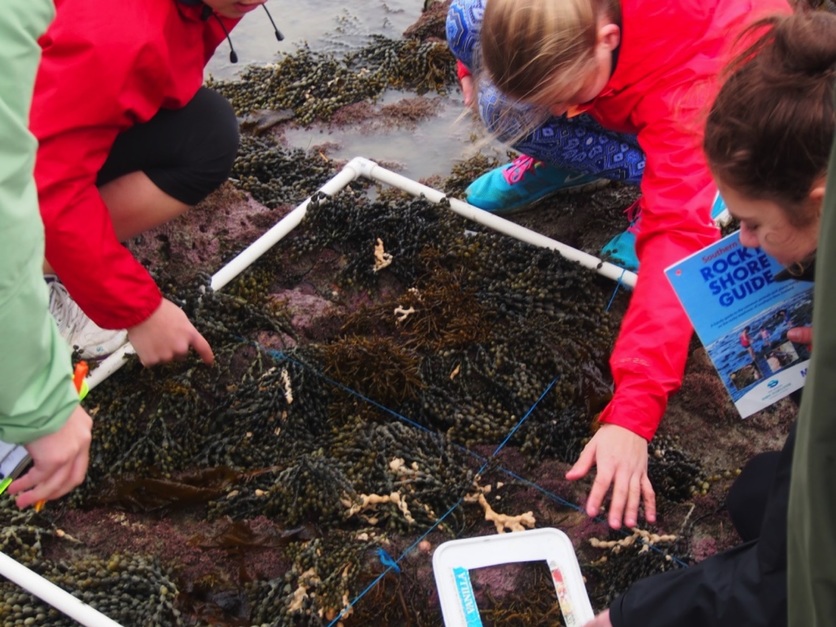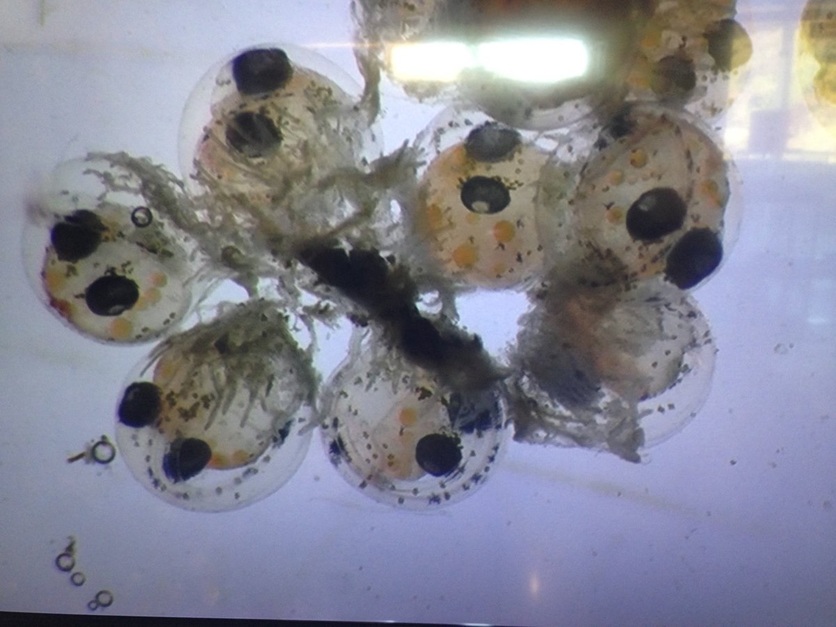Students and scientists teamed up to monitor Otago Harbour as part of their citizen science initiative Sediment and Seashores: What are the Consequences? The project is part of the Participatory Science Platform (PSP) supported by the New Zealand Government.
The issue: deepening the shipping channel access to Port Chalmers
Port Chalmers is a regional freight hub and the primary South Island port for cruise ships. Port Otago Limited gained consent to deepen its shipping channel to enable larger container and cruise ships to use the port.
Deepening the channel to a 14 m depth required the removal of 7.2 million cubic metres of soil, with the dredge material disposed of at sea. There were concerns about the impact of the dredging. Rocky shore habitats are prone to change if covered with sediment. They are also affected if the water becomes cloudy (turbid), reducing the amount of sunlight that filters through to plants and animals and potentially decreasing photosynthesis.
Dredging has been an on-going activity in Otago Harbour since 1868, but deepening the channel is a much bigger task. Port Otago has fixed turbidity monitors in the harbour and measures levels at the disposal site. However, studies about the impacts of dredging on marine habitats within the harbour were limited. This project was the first to look specifically at the effects on the rocky intertidal habitat.
University of Otago scientists join up with local schools
Staff from the University of Otago’s Department of Marine Science and the New Zealand Marine Studies Centre initiated the sediment and seashores project. Their first task was to plan the sampling protocols and consider the type of data they wanted students to collect. The marine science team also worked to update the MM2 (Marine Metre Squared) website to suit the needs of the project.
Port Otago Limited and other local organisations were invited to collaborate with the initiative.
Ten Dunedin-area schools joined the project – with students ranging from years 3 to 11. Each school had seven sessions with the science team. Two sessions involved field trips. Individual schools visited field sites that had been selected for their substrate, exposure and ease of access. Schools visited the sites at low tide and spent 2–3 hours working through the monitoring protocols. The scientists worked alongside the students, mentoring them and ensuring that quality data was collected. Back in the classroom, the scientists gave students a hand entering the data into the Mm2 website and analysing the results.
Nature of science
The impact of dredging Otago Harbour was of concern to the local community. By helping scientists build up baseline data about species abundance, students were able to make links between science knowledge and community decisions and actions.
The need to obtain accurate data
One issue often raised with citizen science projects is the robustness and usefulness of data gathered by amateur scientists. The Marine Science team met on several occasions to refine the data-collection methods. Students used identification guides and specifically designed protocols when monitoring. Scientists were involved at the field sites and back in the classroom during data entry. They also reviewed data from each field site for errors and inconsistencies.
The scientists initially wondered whether year 3 students were too young to take part but were pleased with how well the students rose to the challenge.
The most important lesson I took away, which may aid other citizen science projects, is to ensure the system of data entry, storage and analysis is established or at least well planned before commencing the project. This will hopefully minimise the issues associated with dealing with large datasets.
Dr Daniel Prichard
The results
Results showed that species abundance is negatively correlated with sediment cover. The sites with low sediment build-up tended to have higher species diversity. The project also established good baseline data. As harbour dredging is a routine occurrence, the team was pleased to hear the project has been funded for a second year.
There were serendipitous findings too. Observations led to increased knowledge about the breeding period for triplefin (a small fish species). Students found several muricid snails (Zeatrophon ambiguus) living in intertidal areas rather than their usual subtidal habitat.
Students involved the wider community by making presentations at community events, writing blog entries and informing the public about the health of their local harbour.
The students' datasets were compared to data collected by scientists, using the same same transect/quadrat methods. Comparisons show the that students' ability to quantify species presence and abundance in specific areas is similar to that of the scientists!
Activity idea
The activity Making and using a quadrat introduces students to monitoring techniques.
Useful links
The MM2 website has numerous resources to help with monitoring, from ID guides (in te reo and English) to how-to videos.
Watch this Southern Television video to see the students and scientists in action.
Funding
The Sediment and Seashores monitoring project received funding through the Otago pilot, Otago Science into Action, of the Participatory Science Platform (PSP) – a programme that is part of the Curious Minds initiative and funded by the Ministry of Business, Innovation and Employment. The PSP is currently being implemented as a pilot in three areas: South Auckland, Taranaki and Otago.
The Government’s national strategic plan for Science in Society [PDF, 1.2 MB], A Nation of Curious Minds – He Whenua Hihiri i te Mahara, is a Government initiative jointly led by the Ministry of Business, Innovation and Employment, Ministry of Education and the Office of the Prime Minister’s Chief Science Advisor.




